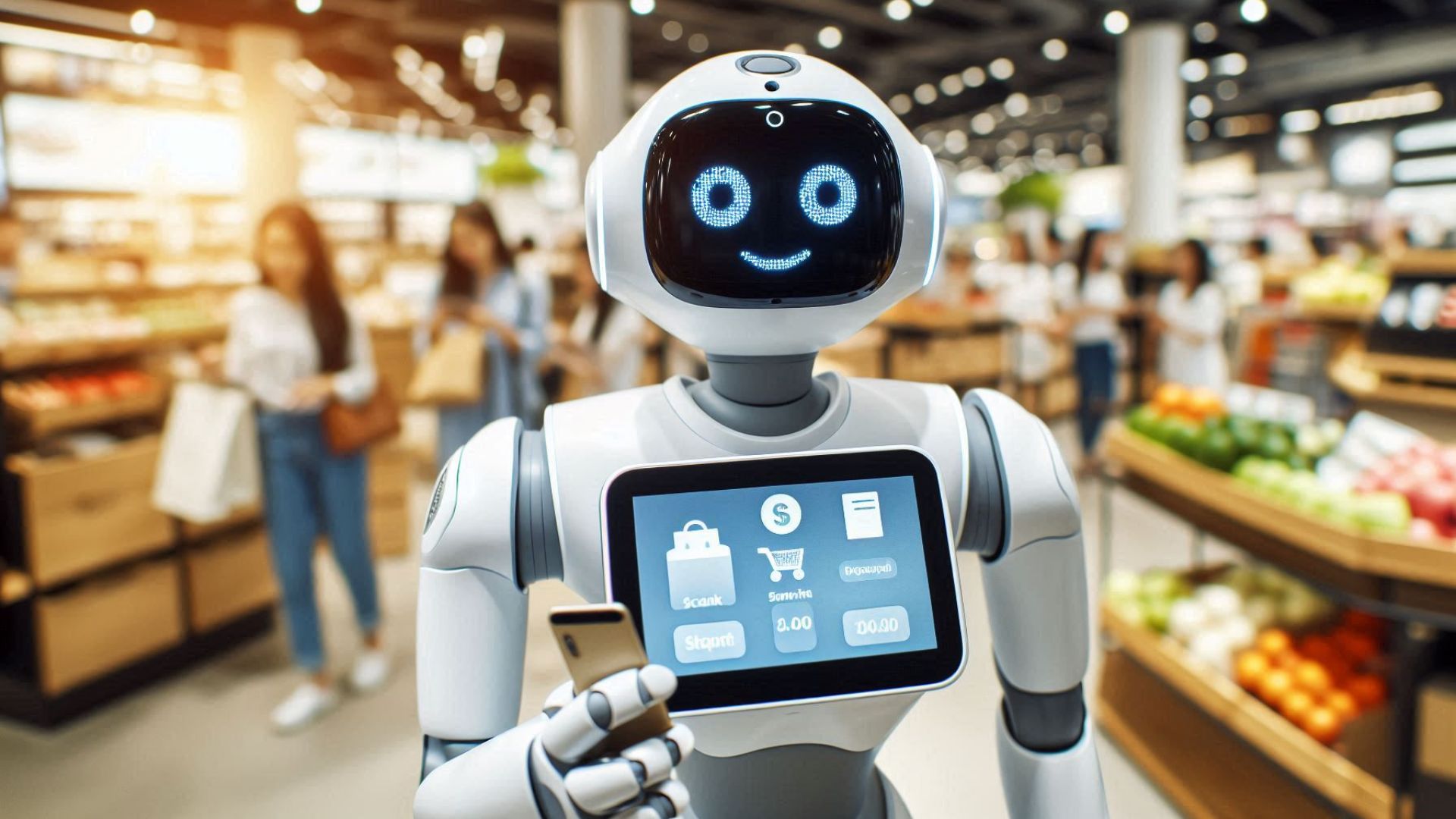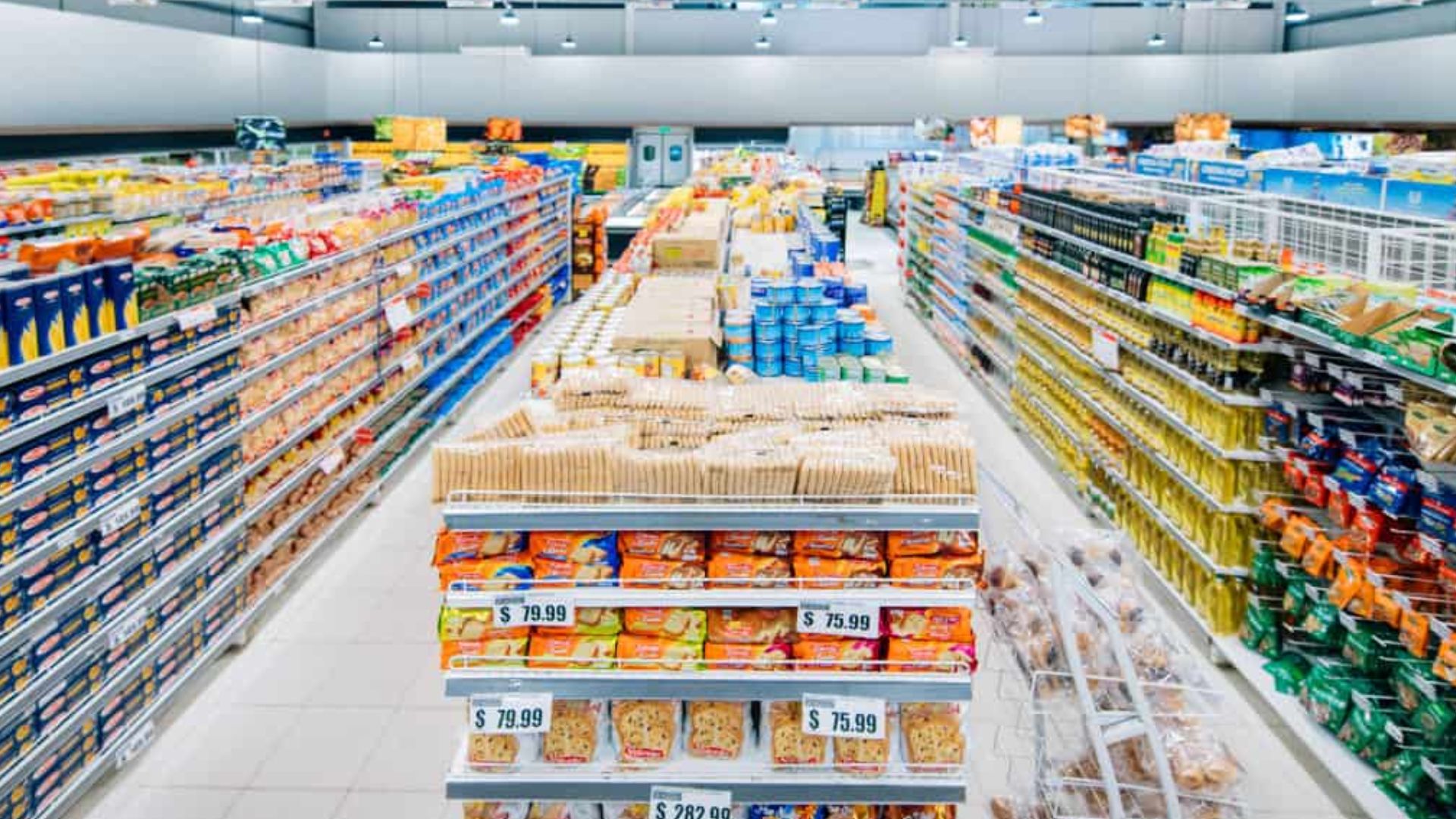The Importance of Price Tag Compliance in Achieving Perfect Store Programme
For CPG Manufacturers and Retail Brands achieving a perfect store is important to get the desired visibility for the product to reach the targeted sales. One such important aspect of achieving a perfect store is price tag compliance. This compliance is crucial as it can significantly impact a consumer's decision to buy a product. If the price is noncompliant with the price displayed, there is a chance that the customer may opt for the competitor's brand due to offers, discounts, or lower prices offered by the competitor. While your brand's price may also be competitive, it can drive customers away if the price is not correctly reflected in stores. Errors in the displayed price can lead to loss in customers since no one wants to encounter discrepancies between the labeled and checkout prices, or, at worst, missing price tags that can confuse consumers regarding the actual value of the product
Accurate pricing provides consumers with the correct value of the product or any discounts offered by the manufacturer. Conversely, errors in pricing can deter customers from purchasing the product, resulting in a loss of potential sales. Not only does the price have to be compliant, but it also needs to stay on par with the customer's spending capability.
What are the reasons for Pricing Errors?
- Customers, while picking and checking products, can place the products in the wrong position, leading to a mismatch between the price displayed and the product on the shelf.
- The display mentioning the price is missing.
- The price updated by the CPG brand is not reflected in the price displayed in the stores.
How is Price Compliance Monitoring done by Manual Method?
Price Compliance monitoring through manual methods involves a seemingly simple process: ensuring each product corresponds to the correct price tag on the shelves. However, this process is slow and more complex than it appears. Representatives have to check each SKU to ensure that it is price-compliant, presenting a challenge that goes beyond initial impressions.
Hurdles in Price Compliance Monitoring with Manual Methods
- Time-consuming: The manual audit process is labor intensive, as the field representative needs to visit many stores, making it much more difficult to maintain correct price compliance. This process requires additional time from field representatives that could be utilized for more productive tasks such as relationship building or sales.
- Pricing gaps: CPG brands need to ensure that the agreed-upon prices, promotions, and discounts negotiated with retail stores are accurately reflected in stores. Failure to mandate this properly can result in price gaps, ultimately leading to a loss of sales.
- Low data accuracy: A considerable number of products across categories on the shelves have to be checked for price compliance. This process is prone to human error and can result in low accuracy compared to advanced technology.
- Lack of Transparency: As bonuses or remuneration for field representatives or merchandisers are often tied to performance metrics. The reporting of price compliance data may be influenced by self-interest and may result in data that does not accurately reflect the actual conditions in stores.
Also Read: The 'Price is Right' - Impact of AI on Retail Price Optimization
Advanced technologies for Monitoring Price Tag Compliance
Advanced technologies such as Artificial Intelligence (AI) and Optical Character Recognition (OCR) make monitoring price tag compliance in-store efficient and easy to manage.
Optical Character Recognition (OCR) is a technology that scans and translates images, PDFs, and paper documents into electronic text which can be processed by computer. Powered with AI and computer vision detecting prices on price tags with OCR is fast and highly accurate.
The Process of Price Detection with ShelfWatch Computer Vision
AI is trained to recognize the SKUs of the brand using images provided by the CPG manufacturer. In stores, trained AI identifies the SKUs of the brand, the shelf space where the brand’s products are placed, and the price tags, which are then read using OCR technology. AI assigns the detected prices on the price tags to the corresponding SKUs and then checks for price compliance of the products on the shelves.
In conclusion, the process is straightforward: the field representative or merchandiser takes photos with mobile or tablet, which are uploaded and processed in real-time, identifying gaps in price compliance through image recognition. The merchandiser can then correct these gaps by placing the product in the right place with the correct price displayed on the shelves, ensuring timely execution and price-compliant SKUs.
ShelfWatch not only helps in monitoring price compliance for your brand but also assists in staying competitive by comparing the prices of your competitor's brands. Brands can now make data-driven decisions that help them stay ahead and regain lost sales.
Also Read: The Why and How of Price Detection Through Retail Image Recognition
Benefits of ShelfWatch
AI-Powered Retail Auditing: (easy image capture using mobile camera or in-store camera) AI-powered retail audit is fully digitized, speedy, and highly accurate resulting in increased field agent efficiency and store coverage per visit compared to the manual audit process. ShelfWatch offers a comprehensive retail audit solution achieving perfect store effortlessly.
Data Accuracy: ShelfWatch, with its AI-powered image recognition solutions, is recognized for its high data accuracy, achieving more than 95% accuracy at the shelf level.
Faster AI training: ShelfWatch offers rapid AI training of new or unknown SKUs within 48 hours, compared to other image recognition solution providers.
Real-time reporting: Real-time price changes can be monitored using ShelfWatch's fast processing and detection capabilities. Making monitoring of price compliance seamless. The solution also monitors other KPIs such as On-Shelf Availability, Share of Shelf, and Planogram compliance to ensure the right products are positioned correctly on the shelves along with the correct price tags.
Offline mode: Images can be captured even in areas without internet connectivity and can be uploaded once a network connection is restored without any interruption.
Seamless Integration: Seamless integration with various and standard SFA, ERP systems, and Data Lakes.
How ShelfWatch is tracking product pricing for a leading packaged foods and confectionery brand in the world
A global confectionery and snack leader faced challenges in maintaining Perfect Store Execution due to manual auditing. Along with price monitoring, the brand was also looking for real-time data on the share of shelf, On-Shelf SKU availability, and Planogram tracking across 15,000+ both Modern and General Trade stores in India and Vietnam markets.
ShelfWatch provided AI-based retail audits that helped cut down on audit times and cover a larger number of stores by the field reps. All key shelf KPIs and real-time insights were made available within 60 seconds and improved SKU identification accuracy by over 95%, which helped the brand make precise store-level decisions and drive perfect store programs. Custom dashboards in Power BI were provided for easy access to actionable reports such as store-level performance, audit compliance, and key KPIs.
The overall impact seen was:
- 30% improvement in execution KPIs
- Reduced out of stocks
- Quickly mitigate pricing gaps and ensure price tag compliance across all stores
- Monitor planogram compliance in real time
- Reduce audit time and improve per-store sales by at least 2%
If you wish to know more about how you can improve your shelf price tag compliance using the ShelfWatch Image Recognition solution, get in touch with us here.


